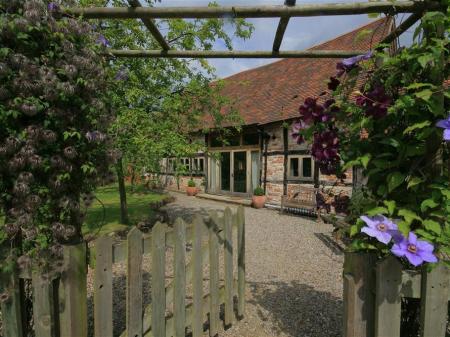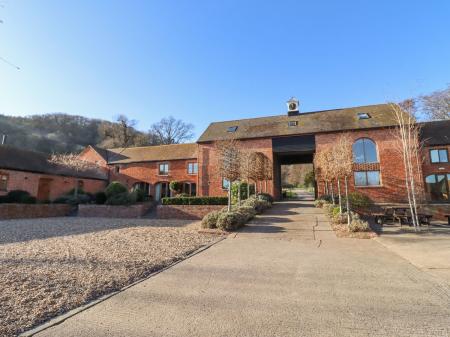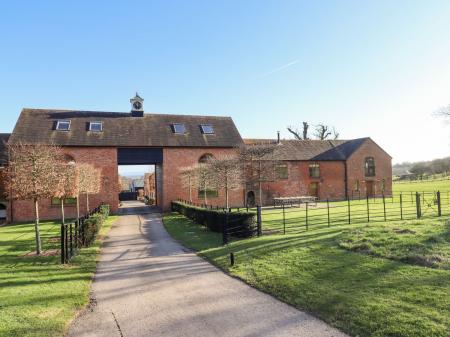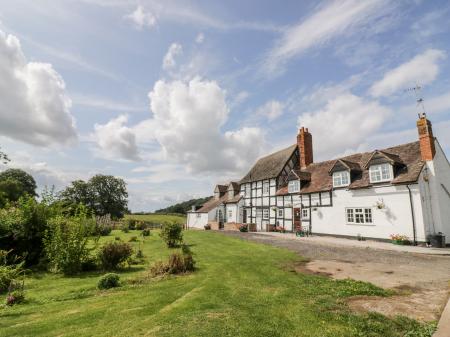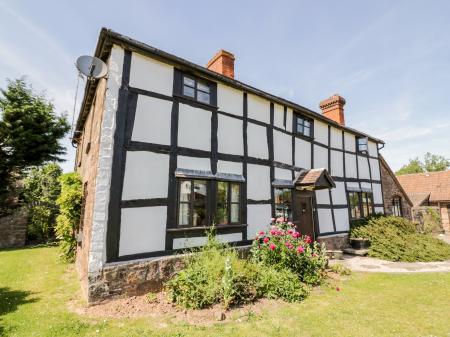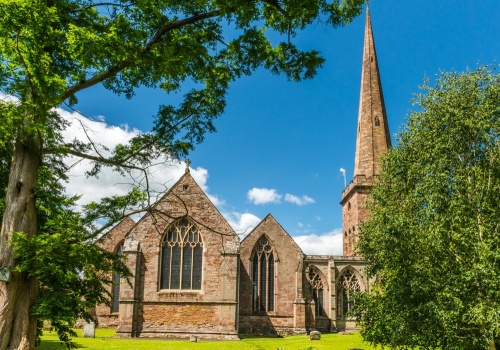
The impressive tower was built around 1230, with the spire added in 1733. Unusually, the tower is not connected to the body of the church.
One of the highlights of the interior is the chapter house, which was built in 1330. Within the chapter house is the effigy of a Benedictine monk, an iron-bound oak chest used for storing parish records, and objects discovered after the Civil War Battle of Ledbury.
The nave arcade is remarkable for a series of round port-hole windows, the last vestige of a 12th-century clerestory.
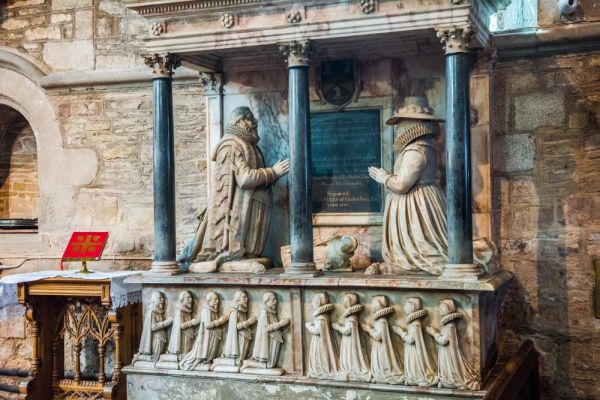
There are 2 fonts. The oldest dates to the 17th century, the more recent to the Victorian period. The 17th-century font was thought to be lost but was later discovered to have been broken into small fragments which were hidden within the base of the 19th-century font.
The sanctuary boasts a 14th-century east window and several fine monuments to members of prominent local families. A special monument commemorates the poet John Masefield, a native of Ledbury.
Another monument is the 1630 memorial to Edward and Elizabeth Skynner in the chancel. The memorial shows the couple kneeling, facing each other over a prayer desk, with their 10 children beneath them, 5 girls and 5 boys. Between the couple is a baby wrapped in swaddling, to signify a child that died in infancy. The detail of the period costumes is remarkable.
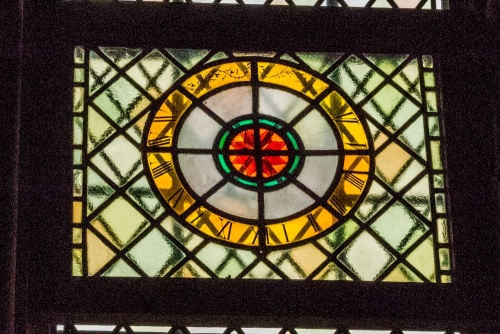
Against the south wall is a memorial to later Skynners, Captain Samuel Skynner (d 1725) and his wife Anne (d 1723). Captain Skynner's bust is shown against a backdrop of naval symbols. When he died he left 6 pounds a year - one to the vicar to say a sermon on Candlemas day and the other 5 to be distributed on the same day to 'twenty poor House-keepers, not receiving alms'.
In the north chapel is a 13th-century effigy of an unknown cleric in the robes of a Benedictine monk. This originally formed a coffin lid but now stands upright. Another medieval effigy is that of an unknown 14th-century woman of the Carew family.
There are several very good memorial brasses. The oldest is that of William Calwe (died circa 1410) showing the deceased dressed in academic robes. Another medieval memorial brass is that of Thomas Capel (d 1490), showing a figure in armour and a livery collar.
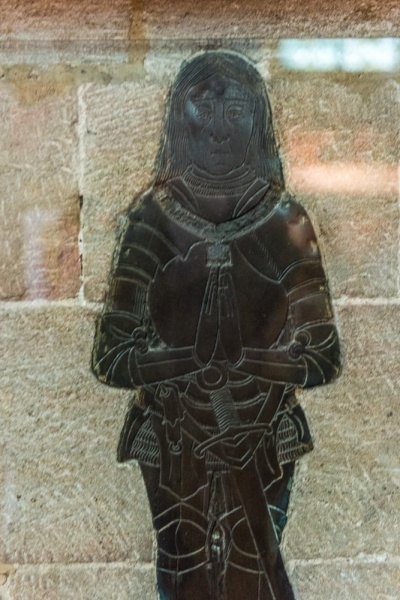
Behind the altar is a copy of Leonardo Da Vinci's painting The Last Supper, painted by local artist Thomas Ballard in 1824.
In the west wall near the entrance is a stained glass panel shaped to act as a sundial when light shines through it. Just below the sundial is a collection of medieval glass fragments.
The exterior is notable for the wonderfully carved and turreted west front, crafted in the 12th century.
St Michael's Church stands at the upper end of Church Lane, easily reached off the market place.
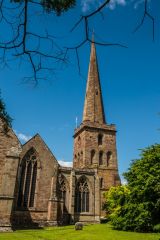
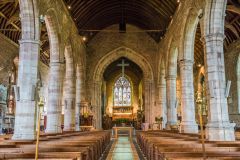
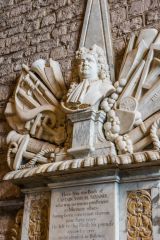
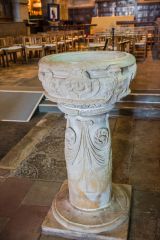
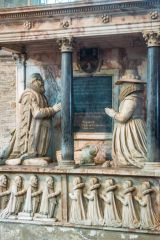
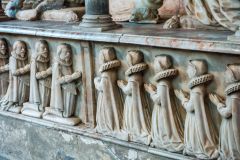
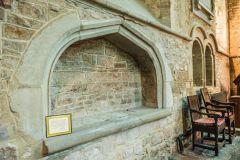
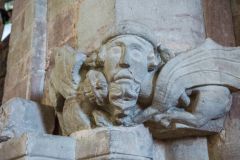
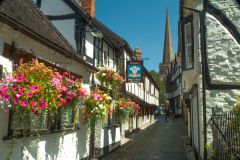
 We've 'tagged' this attraction information to help you find related historic attractions and learn more about major time periods mentioned.
We've 'tagged' this attraction information to help you find related historic attractions and learn more about major time periods mentioned.